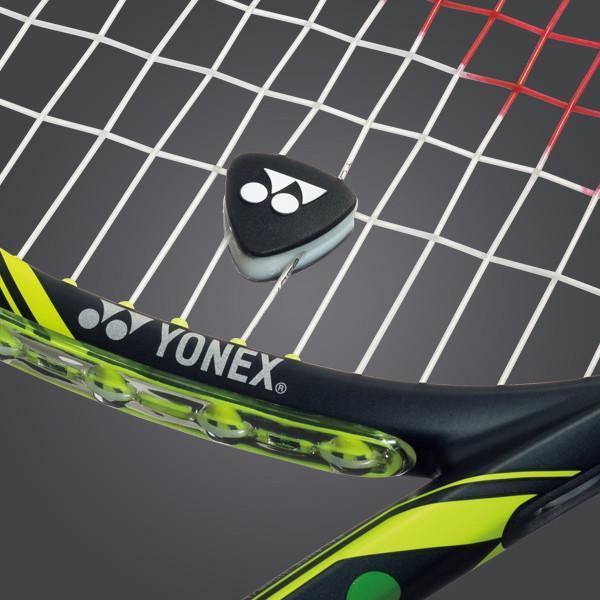What is a Tennis Vibration Dampener?
For those new to tennis, you might be curious about those small accessories nestled near the lower strings of your racket. This article delves into vibration dampeners (also known as shock absorbers) and their purpose.
What exactly does a tennis vibration dampener do for my racket?
The primary function of a vibration dampener is to decrease the impact felt when the tennis ball connects with the strings of the racket. This notably influences two aspects: the sensation and sound of the string bed. The dampener reduces the feel, resulting in less perceived impact. This can be especially beneficial for novice players as it softens the jarring sensation of off-center hits. Furthermore, the sharp pinging sound is transformed into a more subdued pop or thud.
A common query often raised is whether dampeners enhance racket comfort and are arm-friendly; in short - no. While they slightly dull the feel, vibration dampeners have not been definitively proven to reduce the shock transmitted to the arm. While many players swear by dampeners, some prefer the tactile feedback and natural sound of the ball on strings and opt to use a dampener. It's advisable for every player to experiment with a dampener at least once.
For traditional vibration dampeners like the one pictured above, simply position the dampener between the two primary strings and beneath all the cross strings.
* Once the dampener is snug between the two main strings, move it upward into the lowest cross string.
* The dampener should only touch the strings on three sides: the left and right sides of the two central main strings (the vertical ones) and the top of the dampener on the lowest cross string (the horizontal ones).
* An often-seen mistake is placing the dampener between the two main strings and the lower two cross strings, resulting in contact with all four sides, which is incorrect (further explanation below).
Worm Dampeners

Worm Dampeners cover approximately 6-12 main strings and are more secure against dislodging during matches. They are installed by threading the dampener through the strings and positioning the ends on the most suitable main string.
* Ensure the dampener evenly covers the main strings on both sides.
* Avoid overstretching worm dampeners.
How will a vibration dampener influence my gameplay?
The primary reason for using a dampener is to reduce the sensation and sound. Dampeners typically have minimal impact on playability. They do not reduce the actual shock felt by the arm and generally only weigh between 2 and 4 grams. If you haven't tried one yet, it's worth experimenting, as they are cost-effective and may boost your comfort and confidence on the court! Additionally, your racket's swing weight may increase by around 2 points, which may seem substantial but is actually quite minimal. Some players appreciate the slightly elevated swing weight, and adding a dampener is an effortless way to achieve this without resorting to taping the frame.
Things you may not be aware of regarding vibration dampeners
* According to International Tennis Federation (ITF) regulations, dampeners can be placed anywhere outside the cross strings (top, bottom, left, or right).
* Depending on the material, dampeners may stretch and deteriorate over time. If your dampener starts loosening and frequently detaches from the string bed, consider replacing it.

